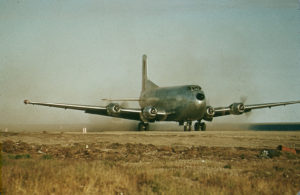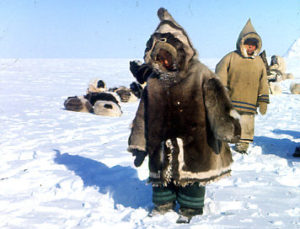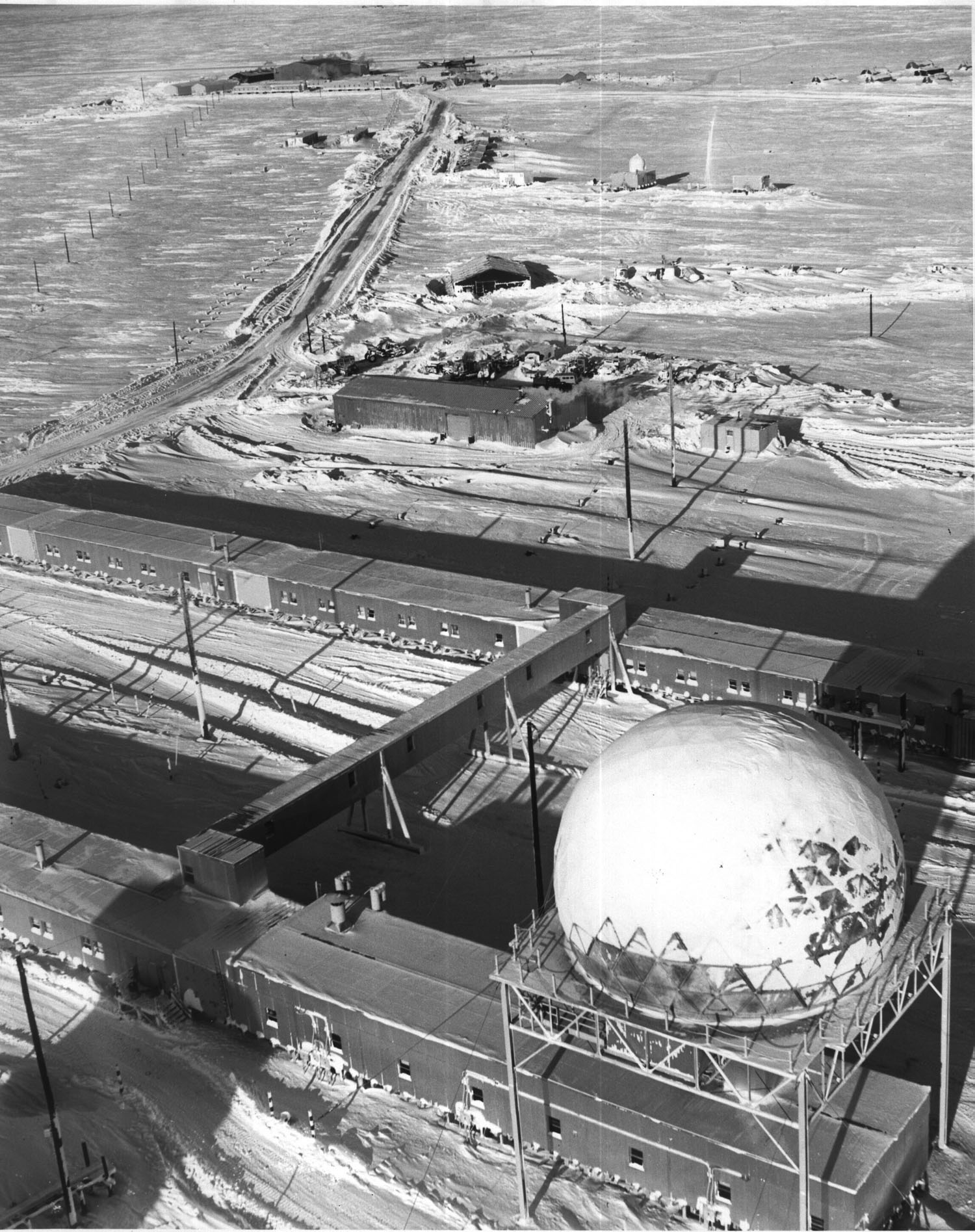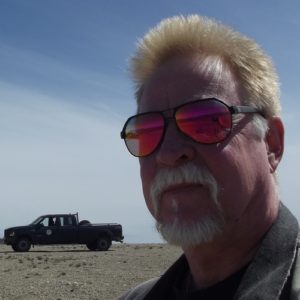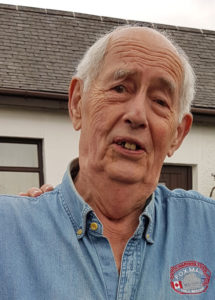Brian (Simon) Jeffrey
Self-appointed curator
Brian served as a Radician (electronic technician) on the DEWLine from 1960 to 1963. The experience left him with a passion for all things DEWLine and you can read about his personal adventures by clicking on the globe icon below.
